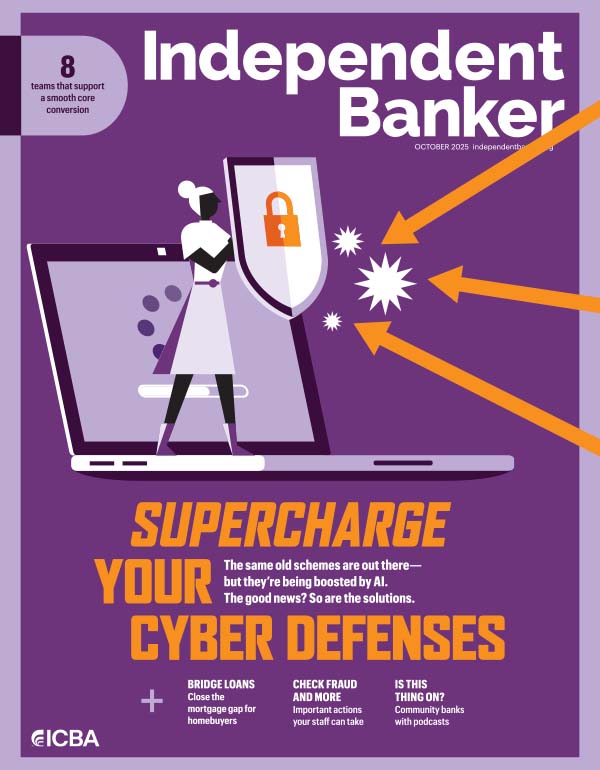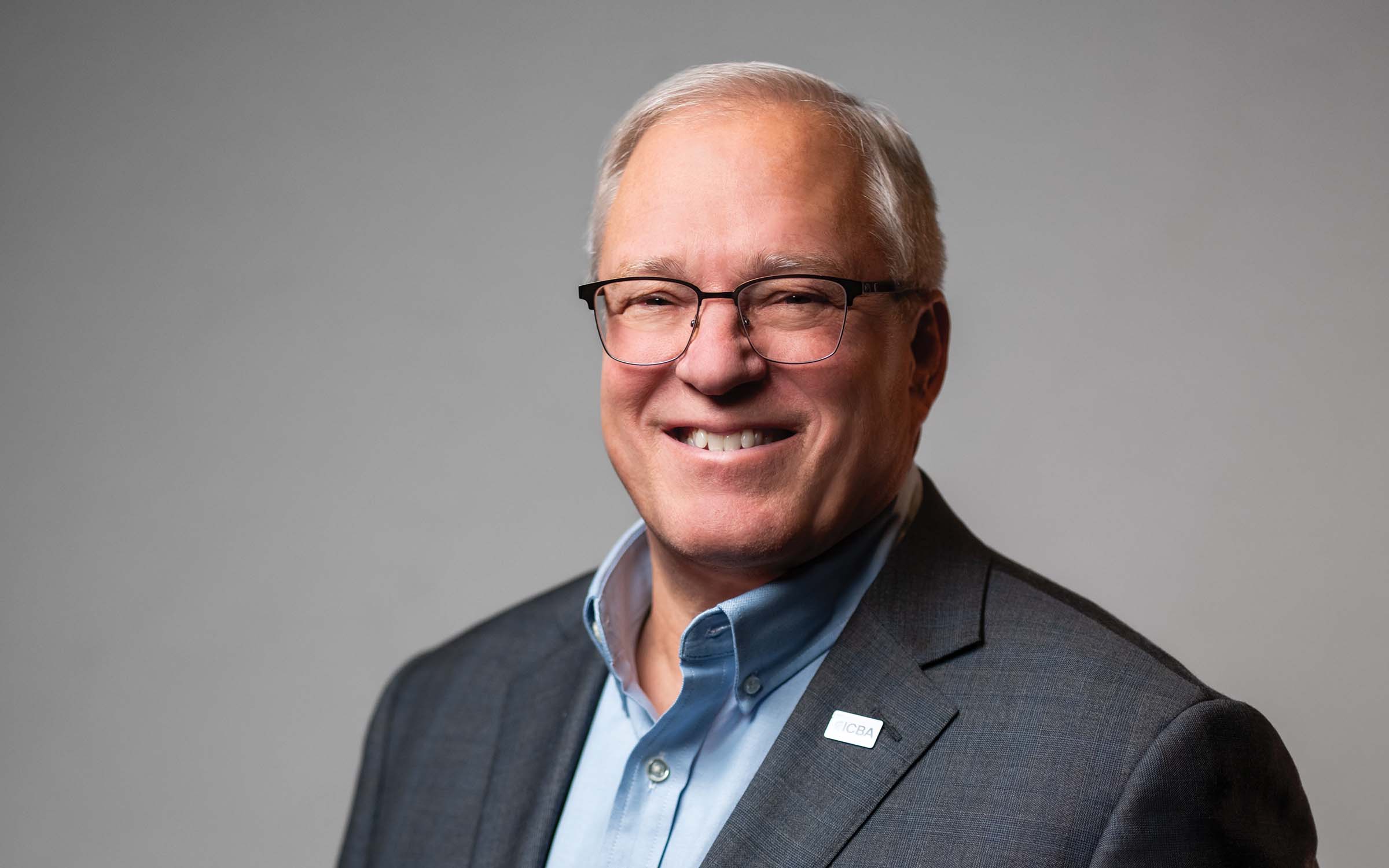June 15 is World Elder Abuse Awareness Day. Recognized by the United Nations since 2011, the date serves as a reminder to protect vulnerable, older members of our community from exploitation. And it’s a great time for community banks to consider what they can do to educate customers about elder fraud and help families set up safeguards for elderly family members.
The World Health Organization defines elder abuse as “a single or repeated act, or lack of appropriate action, occurring within any relationship where there is an expectation of trust, which causes harm or distress to an older person.”
Elder abuse can take several forms, from neglect to physical or psychological abuse. Financial abuse of seniors includes forging checks and stealing benefits, as well as accessing credit cards, bank accounts, wills, life insurance policies, house titles and other personal documents without the older individual’s consent.
Those who are most vulnerable live at home and are socially isolated, mentally impaired or disabled. Signs of elder abuse include unpaid bills, a series of large ATM withdrawals, sudden changes in spending patterns or behavior, fraudulent signatures on financial documents, new signatories being added to accounts, a change of address and unexpected changes to wills.
Because community banks have such close relationships with their customers, they are ideally positioned to coach older customers and their families through available protections like transaction alerts, biometric and multifactor authentication, and other security permissions in apps and on their devices. They can also help families understand the need for constant diligence and the importance of trusting their bank to help if they have questions or concerns. It’s critical for vulnerable members of the community to get independent advice from someone they can trust, and a community banker can be that person.
Community banks can also partner with retirement homes, religious institutions, law enforcement agencies and other organizations to provide education and personal, one-on-one contact. It’s about helping to build a network of trust.
Here is a list of concrete things banks can do now to help elderly customers and their families:
Educate staff and customers on fraud and scams.
Create guides to the bank’s account protections.
Provide a list of helpful account options, like joint accounts.
Teach tellers how to counsel older customers who seem to be falling for a scam, including offering to help them call a trusted contact. Resources include BankSafe by AARP, which offers free online courses that help employees to spot and respond to red flags.
I encourage you to take this opportunity to review your bank’s elder fraud policies, train frontline staff and strengthen partnerships with local organizations that support older adults. Empower your team to be the first line of defense against financial abuse.






